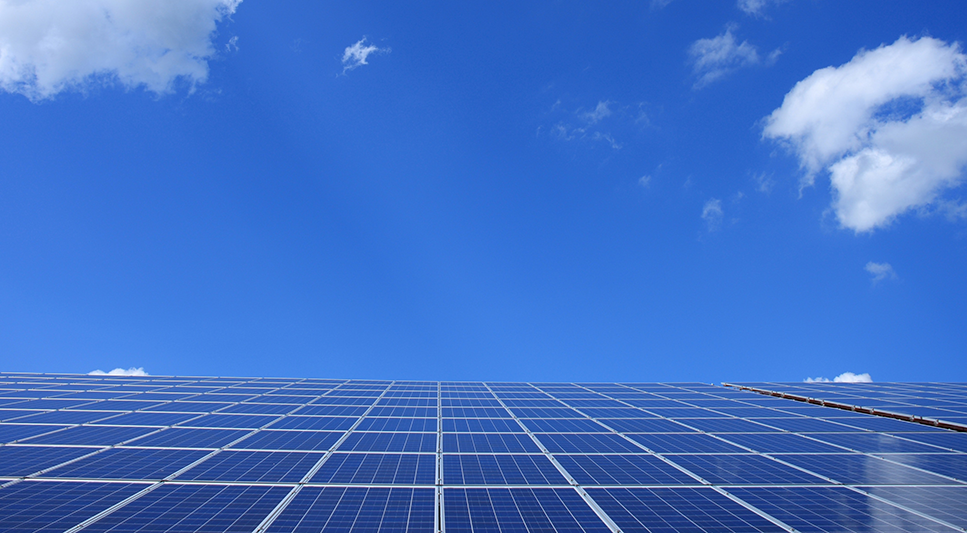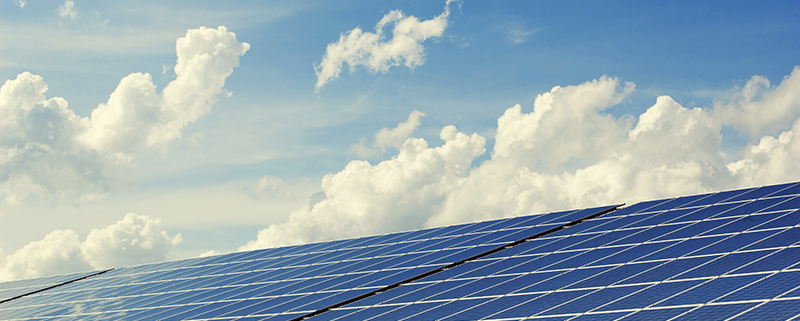Harnessing the Power of the Sun: Exploring Photovoltaic Cells
In an era marked by the urgency of mitigating climate change and transitioning to sustainable energy sources, photovoltaic cells have emerged as an integral technology in the realm of renewable energy. But what exactly are photovoltaic cells, and how do they play a vital role in shaping our energy landscape? In this blog post, we will delve into the world of photovoltaic cells, uncovering their mechanism, benefits, and potential impact on our planet’s future.
Understanding Photovoltaic Cells:
At its core, a photovoltaic (PV) cell, commonly known as a solar cell, is an electronic device that directly converts sunlight into electricity. This process, known as the photovoltaic effect, was first observed by French physicist Edmond Becquerel in 1839. However, it wasn’t until several decades later that PV cells evolved into practical sources of renewable energy.

PV cells are typically made from semiconductor materials, with silicon being the most commonly used material due to its abundant availability and favorable electronic properties. When sunlight—composed of tiny packets of energy called photons—strikes the surface of a PV cell, it can dislodge electrons from their normal positions within the semiconductor material. This displacement of electrons generates an electric current, which can then be harnessed for various applications, from powering homes to charging electric vehicles.
The Working Principle:
The working principle of a photovoltaic cell is based on the interaction between photons and electrons within the semiconductor material. This interaction involves several key steps:
- Absorption: Photons from sunlight are absorbed by the semiconductor material, transferring their energy to electrons.
- Excitation: The absorbed energy excites electrons, causing them to move from their lower-energy states to higher-energy states within the material.
- Generation of Electric Field: The semiconductor material is designed with specific layers to create an electric field. This field separates the excited electrons from their positively charged counterparts, resulting in the generation of an electric current.
- Flow of Current: The electric current generated by the separated charges can be collected through metal contacts on the cell’s surface. This current can then be used as a source of electricity.
Advantages of Photovoltaic Cells:
- Clean Energy Source: Photovoltaic cells produce electricity without emitting greenhouse gases or other pollutants, making them a clean and environmentally friendly energy source.
- Renewable and Abundant: Sunlight is an infinite and readily available resource, ensuring a constant supply of energy as long as the sun shines.
- Reduced Energy Bills: Installing solar panels equipped with photovoltaic cells can significantly reduce electricity bills for residential, commercial, and industrial users by generating on-site power.
- Low Operating Costs: Once installed, PV systems have minimal maintenance requirements, resulting in lower operating costs compared to traditional fossil fuel-based power sources.
- Distributed Generation: PV systems can be deployed on rooftops, open fields, and even integrated into urban infrastructure, enabling decentralized power generation and reducing transmission losses.
The Road Ahead:
As global efforts to transition to sustainable energy sources intensify, the role of photovoltaic cells becomes increasingly crucial. Advances in technology have led to improved efficiency, reduced costs, and greater integration possibilities for PV systems. Research continues to focus on enhancing the efficiency of PV cells, exploring new materials, and developing innovative designs to harness even more of the sun’s energy.
In conclusion, photovoltaic cells stand as a testament to human ingenuity and innovation in harnessing the power of the sun. With their ability to convert sunlight into electricity, these cells offer a promising solution to our energy needs while contributing to a cleaner, greener future for generations to come. As the world embraces renewable energy, photovoltaic cells will undoubtedly play a central role in shaping the landscape of sustainable power generation.


